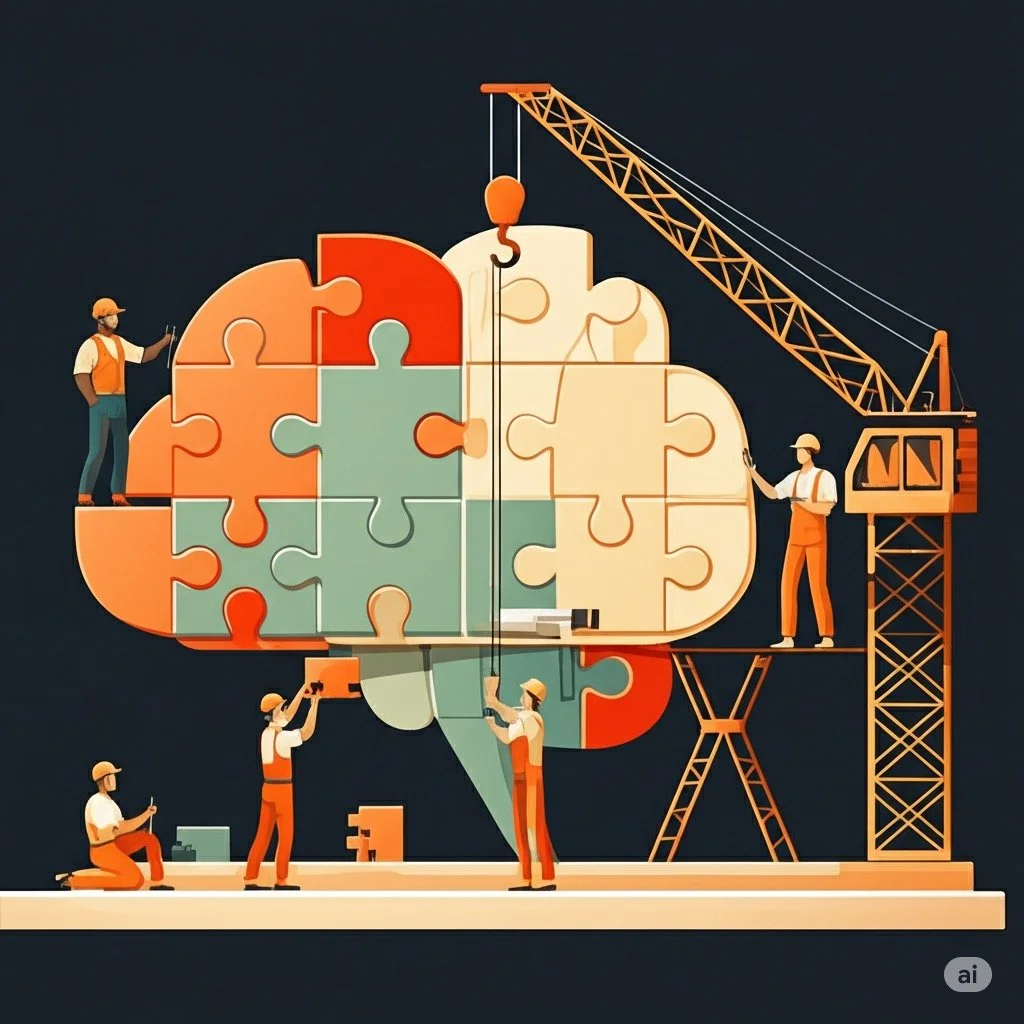Building Better Brains: Encouraging Executive Functioning at Every Level
If you’ve ever wondered why a student who clearly knows the material still forgets to turn in the assignment, loses every worksheet, or melts down during transitions—you’re not alone. The likely culprit? Executive functioning skills, the brain’s behind-the-scenes management team.
These mental skills help us plan, focus, remember instructions, manage time, and juggle multiple tasks. In other words, they’re the skills every student needs to succeed—but not every student naturally develops.
As educators and school counselors, we can’t assume these skills are already in place. But the good news? Executive functioning can be taught—with consistency, modeling, and intentional practice.
🧠 Executive Functioning in the Classroom: What It Looks Like
Think of executive skills as the “how” behind the “what.” Students may understand the content but still struggle with:
Starting tasks (Initiation)
Keeping materials organized (Organization)
Managing time effectively (Time Management)
Thinking before acting (Impulse Control)
Shifting gears when plans change (Cognitive Flexibility)
Staying focused in noisy or distracting environments (Attention)
Rather than blaming laziness, what if we saw these as skills to build?
🛠 Practical Exercises to Strengthen Executive Skills
Here are quick, age-appropriate ways to build executive functioning skills at every grade level:
1. Start with Routines (All Levels)
Use visual schedules for younger students; written agendas for older ones.
Make transitions predictable and give time warnings (e.g., “You have 3 minutes to finish…”).
Model and practice morning or class-startup routines.
🧩 Why it works: Routines reduce cognitive load and increase student independence.
2. “Time It Together” Activities (K–12)
Set timers for short tasks. Challenge students to estimate how long something will take.
For older students: Use planners, Google Calendar, or digital task apps.
For younger ones: Use sand timers or songs to guide tasks.
⏳ Why it works: It builds awareness of time, a major executive skill many students lack.
3. Checklists & Break-it-Down Thinking (Upper Elementary–High School)
Teach students to break assignments into smaller steps and check them off.
Use graphic organizers for writing or project planning.
Have students reflect: “What’s the first thing I need to do?”
📋 Why it works: Planning and prioritizing improve with visual structure.
4. "What’s My Plan?" Question (All Ages)
Before starting a task, ask: “What’s your plan?” or “What will you do first?”
Pair this with think-aloud modeling from the teacher.
🧠 Why it works: It encourages metacognition—thinking about how we think and act.
5. Impulse Pause Practices (K–5)
Use games like “Freeze Dance” or “Red Light, Green Light” to build inhibitory control.
Teach “Stop, Think, Choose” routines for handling conflict or decisions.
🧘 Why it works: Self-control is foundational for learning and peer relationships.
6. Weekly Reflection Routines (Middle–High School)
Encourage students to ask:
What worked for me this week?
What got in my way?
What can I try differently next time?
🗂️ Why it works: Builds self-monitoring and promotes a growth mindset.
👥 How School Counselors Can Support
Provide small-group interventions for students struggling with organization, attention, or emotional regulation.
Collaborate with teachers to integrate EF-friendly strategies into academic content.
Offer parent workshops on supporting executive functioning at home.
Final Thought: Progress Over Perfection
Just like math or reading, executive functioning improves with explicit teaching, regular practice, and patience. Students won’t master these skills overnight—but over time, with your support, they’ll learn how to take control of their learning, behavior, and emotional world.
And that’s a lifelong win.

